Art and inspiration | Flickr by Georgie Sharp
Art and inspiration | Flickr by Georgie Sharp
UW-Superior professor’s latest project honors a pioneering activist
The process of immortalizing a real-life person in a bronze statue requires dozens of intricate artistic decisions. What will this person be wearing? What should she be doing? What sort of facial expression should she have? What time period should the statue represent?
In the end, as University of Wisconsin-Superior art professor Tim Cleary worked on a statue of Minnesota labor rights leader Nellie Stone Johnson for the Minnesota capitol, his greatest artistic motivation came from one of the project supporters. It was sweet and simple.
“One of them said to me, ‘We really want to turn the corner in the state capitol and see our friend standing there.’”
The finished product, unveiled in November, not only fused together more than 50 separate pieces of bronze – it also seamlessly combined the opinions and visions of dozens of stakeholders, and the artist himself.
Monumental projects
Cleary is no stranger to high-profile public art projects. He’s the artist behind two prominent works at the Duluth International Airport: a statue of Tuskegee Airman Joe Gomer, and one of David Wheat, a Duluth native who spent seven years and four months as a prisoner of war in North Vietnam.
He’s currently working on a veterans memorial in Rice Lake, Minnesota.
“It’s a monument of a soldier burdened by his gear. It’s a metaphor for the burden that the soldiers carry with them their whole lives,” Cleary said.
He was drawn to the Nellie Stone Johnson project, he said, because he was inspired by her story. Johnson was an activist and labor leader in the 1930s and 1940s. When she was elected to the library board, she became the first Black person to win a citywide office in Minneapolis.
“It's just a great honor to say I spent a lot of time with this person,” Cleary said. “I never knew her in life, but I felt like I really got to know her by reading about her, working on this sculpture and talking to the people that knew her. I really feel privileged.”
The vision
Cleary was selected for the project after a nationwide search. He was then tasked with collaborating with a large group of stakeholders, which included friends and family members of Johnson and lawmakers and caretakers at the capitol grounds. He helped to guide this large group toward a shared vision.
“It was really her friends that I was working with – people that respected her all these years and wanted to make sure this happened.”
In the statue, Johnson looks as though she’s about to make a meaningful point. Her expression is thoughtful, conveying a mix of “confidence, pride, vision and humility,” Cleary said. She clutches some flyers for the Farmer Labor party, a predecessor to today’s Democratic-Farmer-Labor Party.
“There’s some emotion there in the gesture, expression – those are all details that the committee wanted because they knew her, and that’s how she was,” Cleary said. “That was a posture that she would fall into when she was presenting to a group of people. You can tell it was experience talking.”
Johnson is the first woman to be memorialized on the capitol grounds. Her likeness is believed to be the first of a Black woman in any state capitol building nationwide.
The artistic process
After finalizing the design through several reviews with key stakeholders, Cleary was finally able to begin the construction of the statue.
The process involves several iterations of molds graduating from clay to plaster to wax to silicon rubber, and finally, molten metal. Johnson’s statue is actually made up of 50 pieces, and Cleary was able to weld them together skillfully so that the seams don’t show. The varying textures of the statue added difficulty as well, he said. The hardest part was the herringbone pattern on Johnson’s suit, which Cleary rendered using a hammer and chisel. It took days.
A project like this would typically take about nine months, Cleary said, but this one took around three years, thanks to COVID-related scheduling delays.
He hopes the statue will give people a sense of connection to Johnson and inspire them to learn more about her, as he did.
“Hopefully some people will maybe see themselves in this sculpture in ways that they haven’t seen in any other public artwork,” he said.
The statue features a plaque and QR code people can use to learn more about Johnson’s life and achievements.
‘So rewarding’
When he’s not working on outside art projects, Cleary can be found in the Holden Fine & Applied Arts Center teaching courses on sculpture, metalwork, drawing or design.
“All those things overlap,” said Cleary, who has taught at UWS for 25 years. “They’re all about being creative and solving problems, so they’re essentially the same except with different materials and different approaches to solving problems.”
A natural introvert who enjoys working on art projects by himself, Cleary thrives in the more social classroom setting as well.
“It creates a nice balance for me,” he said. “Being in a classroom with a bunch of other people that are just figuring this stuff out and they’re all excited, and I can help them – that is so rewarding. It’s something that I wouldn’t have if I weren’t working at UWS. That keeps me going.”
He especially enjoys the vibe of UWS’ tightly knit campus.
“I like the people I work with, and I like the students I work for,” Cleary said. “I have a great facility. It’s a very small university. That family feeling is really real. It feels like what I do really matters to people. I really feel that one-on-one connection, so that’s what keeps me there.”
Cleary views his public commissions as part of his job.
“I consider my outside projects part of my obligation to UWS too. I really love my job – it prioritizes that part of my life so nicely.”
Learn more about Nellie Stone Johnson or support a scholarship created in her honor.
Original source can be found here.

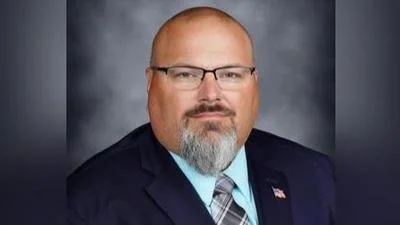
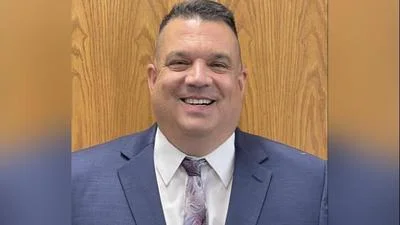
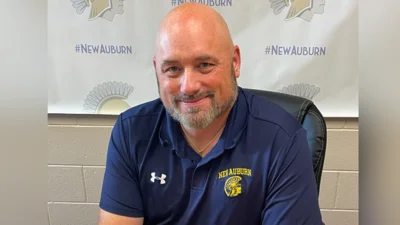
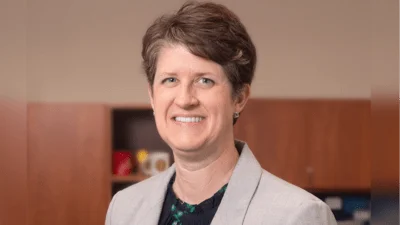
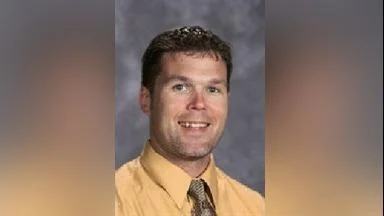
 Alerts Sign-up
Alerts Sign-up